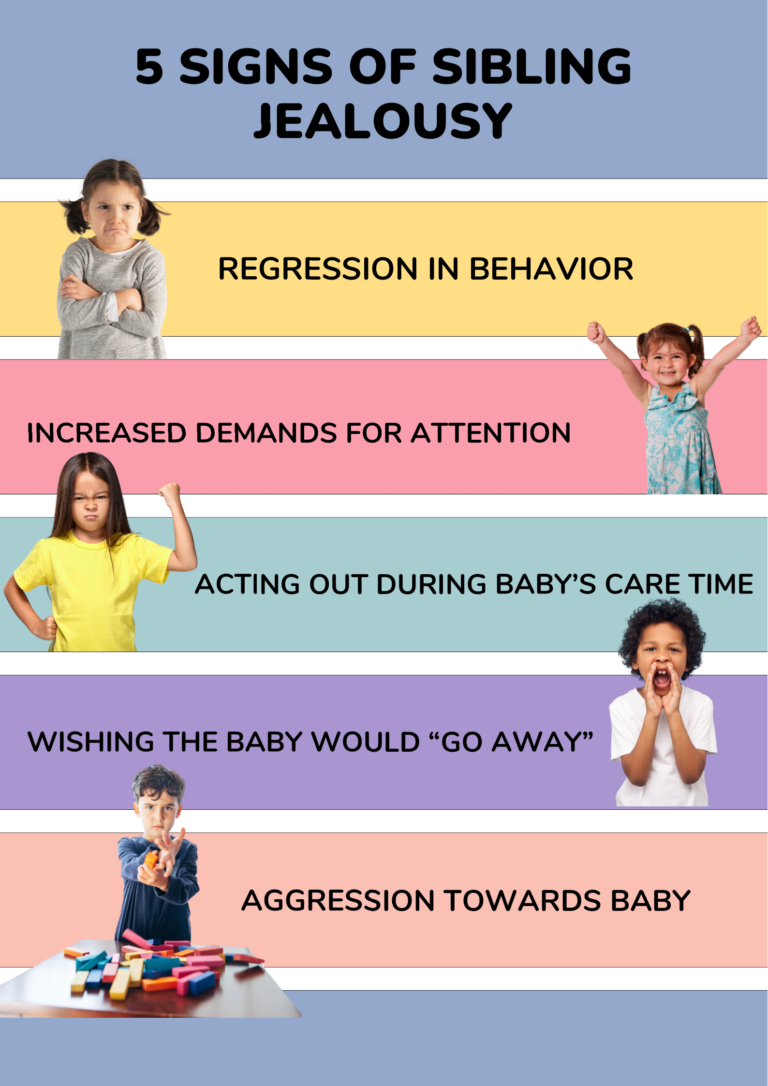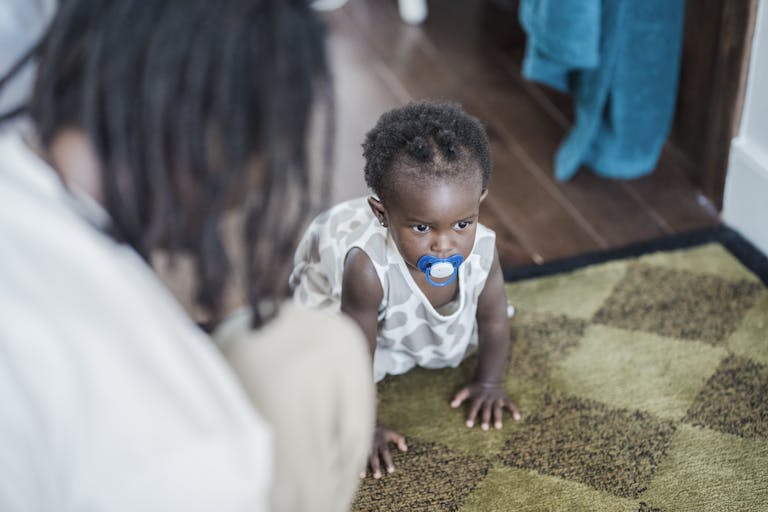Sibling Jealousy: Helping Your Child Adjust When a New Baby Arrives

I remember the day my oldest son peeked into his baby brother’s crib, his face a mix of wonder and uncertainty.
“Can we send him back?” he whispered, only half-joking.
That moment perfectly captured the complex emotions that come with welcoming a new sibling – a beautiful yet challenging transition that nearly every growing family faces: sibling jealousy.
If you’re reading this, you’re likely navigating these waters yourself or preparing for the journey ahead. Whether you’re expecting your second child or already managing the delicate dance of sibling relationships, know that you’re not alone.
In this article, we’ll explore the nature of sibling jealousy, share practical strategies for preparing your older child, and offer real solutions for creating harmony in your expanding family.
Understanding Sibling Jealousy: A Natural Part of Family Growth

Imagine being in a loving relationship for years, only to have your partner announce they’re bringing someone new into the mix – and you’re expected to be thrilled about it!
This perspective helps us understand why sibling jealousy is such a common and natural response for older children.
Sibling jealousy isn’t just about sharing toys or attention. It’s about a fundamental shift in a child’s world and their place within it. Their reaction is a normal part of processing this significant change.
Common signs of sibling jealousy include:

Regression in behavior (like bathroom accidents or baby talk)

Increased demands for attention

Acting out during baby’s care times

Expressing wishes for the baby to “go away”

Physical aggression toward the baby or parents
Personal note: When my second arrived, my three-year-old suddenly “forgot” how to use the bathroom independently – something he’d mastered years before. Understanding this was his way of communicating helped us respond with patience rather than frustration.

Preparing Your Older Child: Building the Foundation for Acceptance

The journey of sibling adjustment begins long before the new baby arrives. Think of it as preparing for a new teammate rather than a competitor. Here’s how to lay the groundwork:
Before the Baby Arrives

1. Include them in the preparation

2. Create special “big sibling” moments
Tip: One of the best pieces of advice I received was to wrap small presents for the older child that they could open when visitors brought gifts for the baby. It helped prevent those difficult moments of watching someone else receive all the attention.
Coping Strategies and Positive Parenting Techniques

The real work begins when your new baby comes home. Here’s how to maintain peace and foster loving relationships:
Practical Solutions for Common Challenges

1. Quality Time Management
Schedule daily “special time” with your older child
Involve them in baby care in age-appropriate ways
Use feeding time as bonding time by reading stories together
2. Emotional Support Techniques
Validate their feelings:
“It’s okay to feel angry sometimes”
Share stories about when they were babies
Point out the benefits of being older
Create opportunities for them to feel helpful and important
3. Behavior Management
Praise positive interactions with the baby
Redirect aggressive behavior without shaming
Maintain consistent routines and boundaries
Sibling Rivalry Problems: Common Challenges and Easy Solutions
- Challenge: Aggressive behavior toward the baby
Solution: Create safe ways to express feelings (drawing, play-dough, physical activities) and ensure supervised interactions only
- Challenge: Regression in independence
Solution: Maintain previous expectations while offering extra support and praise for “big kid” behaviors
- Challenge: Attention-seeking during baby care
Solution: Set up special activities they can do near you during feeding times
Frequently Asked Questions
Actionable Tips to Help Siblings Adjust to a New Baby

1. Start preparation early and involve your child in the process
2. Maintain special one-on-one time daily, even if brief
3. Create opportunities for the older child to help and feel important
4. Acknowledge and validate feelings without judgment
5. Be patient – adjustment takes time
6. Keep routines consistent where possible
7. Celebrate “big sibling” moments and achievements
8. Use positive reinforcement for gentle interactions
Moving Forward Together
Remember, building sibling relationships is a marathon, not a sprint. There will be challenging days and beautiful moments of connection. Your older child’s adjustment period is temporary, but the bond you’re helping to create will last a lifetime.
Every family’s journey is unique, and there’s no one-size-fits-all solution. Trust your instincts, stay patient, and keep showing up with love and understanding for all your children.
Found this article helpful? Share it with other parents navigating sibling dynamics! Follow us on Facebook for more parenting tips and insights, and explore our other articles on family relationships and child development.
xoxo







